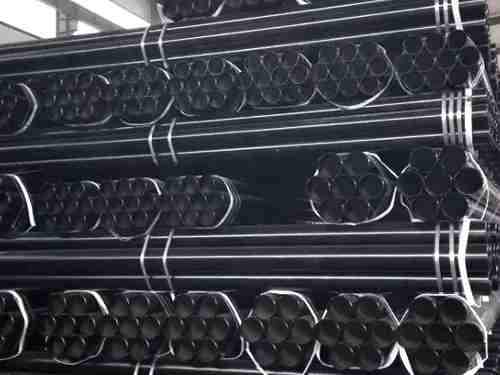Most aluminum alloys combine iron, silicon, copper and manganese to adjust the metal’s strength or enhance other properties. Aluminum sheet metal grades identify alloy families and the metal’s composition. These grades include four numbers followed by a letter.
When you look at an aluminum sheet metal grade, the first digit refers to the metal family or series. The letters that follow tell how the aluminum was processed. Here is an overview ofaluminum sheet metal grades.
Series of Aluminum Alloys: The First Digit
Use the following sheet metal grade chart to understand the series of aluminum.
|
Series
|
Alloys
|
Properties
|
|
1XXX
|
Pure Aluminum
|
High conductivity, workability and corrosion resistance
|
|
2XXX
|
Aluminum-Copper
|
Heat-treatable, high strength, and high toughness
|
|
3XXX
|
Aluminum-Manganese
|
Moderate strength and workability
|
|
4XXX
|
Aluminum-Silicon
|
Lowers melting point without brittleness
|
|
5XXX
|
Aluminum-Magnesium
|
Moderate to high strength, good weldability and good resistance to corrosion
|
|
6XXX
|
Aluminum-Silicon-Magnesium
|
Heat-treatable, versatile, highly formable and weldable
|
|
7XXX
|
Aluminum-Zinc (May include Magnesium, Copper or Chromium)
|
Heat-treatable and high strength
|
What’s Behind the Letter?
Aluminum grades are followed by a letter, and that letter refers to the temper, or hardness, of the alloy. Each letter shares how the alloy was treated to achieve its properties.
Here are a few letters you will see in aluminum grades:
O = Aluminum was annealed at the mill.
T = Aluminum was thermally treated.
H = Aluminum was work-hardened (or strain-hardened).
T-Tempers
|
“T” Number
|
How the Alloy was Tempered
|
|
T1
|
Naturally aged after cooling
|
|
T2
|
Cooled, cold worked and then naturally aged
|
|
T3
|
Solution heat treated, cold worked and then naturally aged
|
|
T4
|
Naturally aged after solution heat treatment
|
|
T5
|
Cooled and then artificially aged
|
|
T6
|
Artificially aged after solution heat treatment
|
|
T7
|
Solution heat treated and overaged
|
|
T8
|
Solution heat treated, cold worked and then artificially aged
|
|
T9
|
Solution heat treated, artificially aged and cold worked
|
|
T10
|
Cooled, cold worked and then artificially aged
|
H-Tempers
H-Tempers include two or more digits. The first digit indicates how the aluminum was work-hardened.
|
“H” Numbers
|
How the Alloy was Tempered
|
|
H1
|
Work-hardened only
|
|
H2
|
Work-hardened then partially annealed
|
|
H3
|
Work-hardened then stabilized
|
H-tempers often include a second digit to show that the aluminum was work-hardened to a certain degree.
2 = ¼ hard
4 = ½ hard
6 = ¾ hard
8 = fall hard
9 = extra hard

 English
English Español
Español











